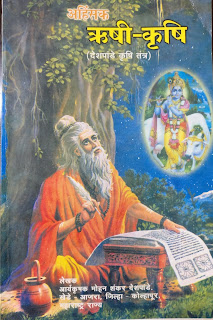purple patch
The Times of India used this phase in its front page infographics on July 23, 2016
After a record-shattering IPL, Virat Kohl's purple patch continues.
I have not come across this phrase. Did you know its meaning and origin?
http://www.phrases.org.uk/ tells us this:
Origin
'Purple patches', which are also sometimes called 'purple passages' or 'purple prose', were originally a figurative reference to florid literary passages, added to a text for dramatic effect. They were the literary equivalent of adding a patch of purple material to an otherwise undecorated garment. Purple was chosen because, as well as being a distinctive colour, it was the colour reserved for emperors and other distinguished statesmen in imperial Rome. Most of the early references to 'purple patches' contain clear evidence of classical origins, many of them including Latin text.
The first person I can identify as having used 'purple patch' in print in English was no less an author than Elizabeth I. In 1598, Queen Elizabeth translated Horace's Latin text De Arte Poetica and this was published in 1899 as part of Queen Elizabeth's Englishings:
Oft to beginnings graue and shewes of great is sowed A purple pace, one or more for vewe.
[Note: 'Purple pace' was the translation of the original 'purpureus pannus'. 'Pace' meant 'passage'.]
 Many works of art and scholarship that are listed as the creation of various English monarchs weren't actually their own work, the attributions being merely a form of flattery. However, Elizabeth benefited from the Tudor notion that aristocratic women were suitable recipients of formal education and her mother, Anne Boleyn, made sure that "she wolde endewe her with the knowlege of all tounges, as Hebrue, Greeke, Latyne, Italian, Spanishe, Frenche" [and, judging by Elizabeth's signature, caligraphy]. The queen became a noted Latin scholar and we can be assured that the translation (and wouldn't it be nice if we still used the Tudor word 'Englishing' for translations into English?) was by her own hand.
Many works of art and scholarship that are listed as the creation of various English monarchs weren't actually their own work, the attributions being merely a form of flattery. However, Elizabeth benefited from the Tudor notion that aristocratic women were suitable recipients of formal education and her mother, Anne Boleyn, made sure that "she wolde endewe her with the knowlege of all tounges, as Hebrue, Greeke, Latyne, Italian, Spanishe, Frenche" [and, judging by Elizabeth's signature, caligraphy]. The queen became a noted Latin scholar and we can be assured that the translation (and wouldn't it be nice if we still used the Tudor word 'Englishing' for translations into English?) was by her own hand.
The term 'purple patch' wasn't much used again until the 18th century, at which time literary critics valued evenness of pace and style in literary works. Unevenly written texts were singled out for censure and 'purple patch' was the ideal label for a passage that stood out as overly florid. This idea was expressed forcibly in the 1704 book of literary criticism The True Tom Double:
All a Man writes should be proportion'd Even and of a piece; and one Part of the Work should not so far out-shine, as to Obscure and Darken the Other. The Purple Patches he claps upon his Course Style, make it seem much Courser than it is.
It wasn't until the 20th century that 'purple patches' were used in relation to anything other than writing. The term then came to mean 'a period of good fortune or creativity'. An early example is cited in the newspaper The Westminster Budget, October 1900:
True, it is hardly to be counted a purple patch of history, but a man must surely blame himself if he does not find something epic in the struggle. [of the common people]
http://www.phrases.org.uk/meanings/purple-patch.html

Comments
Post a Comment